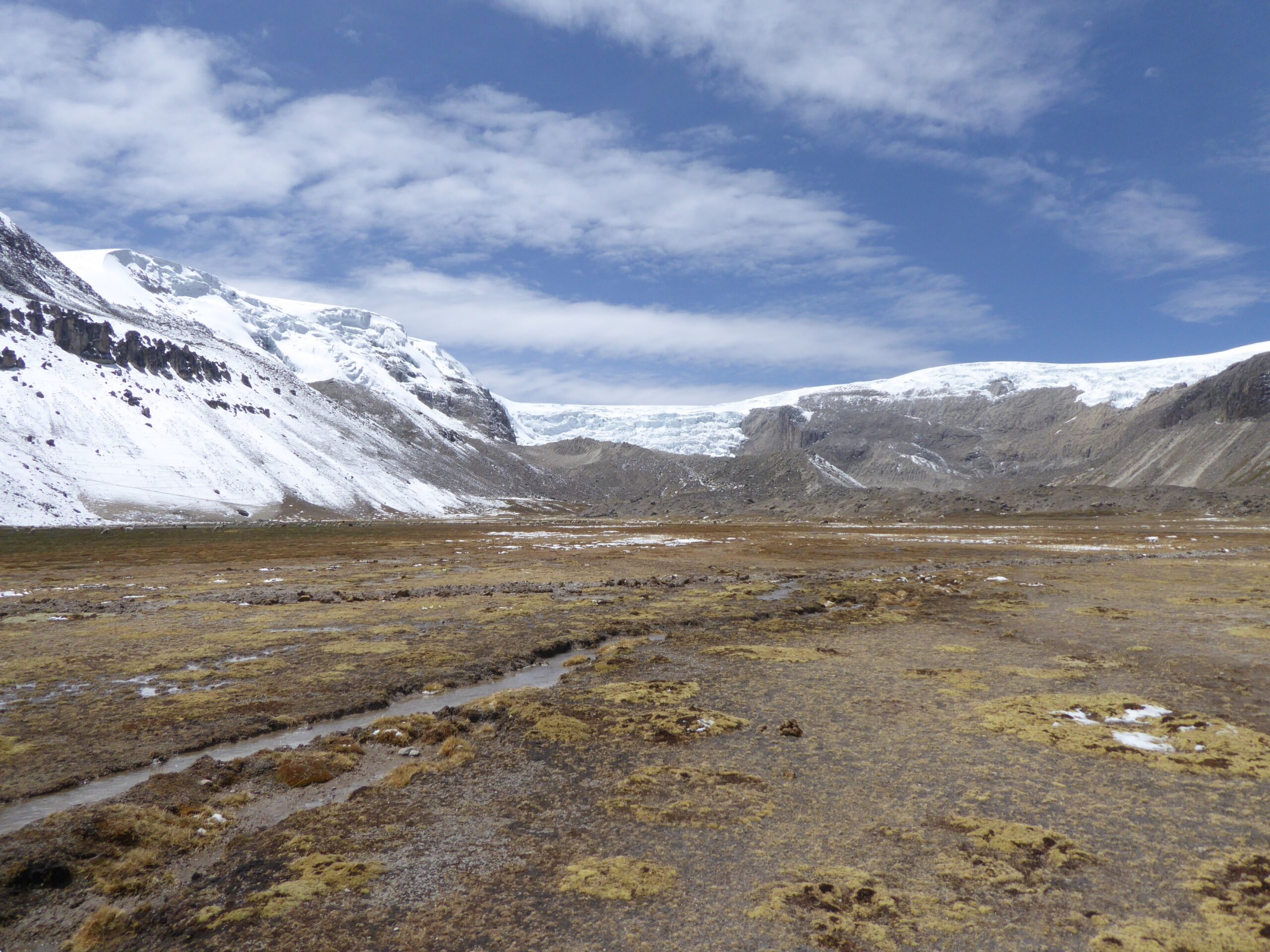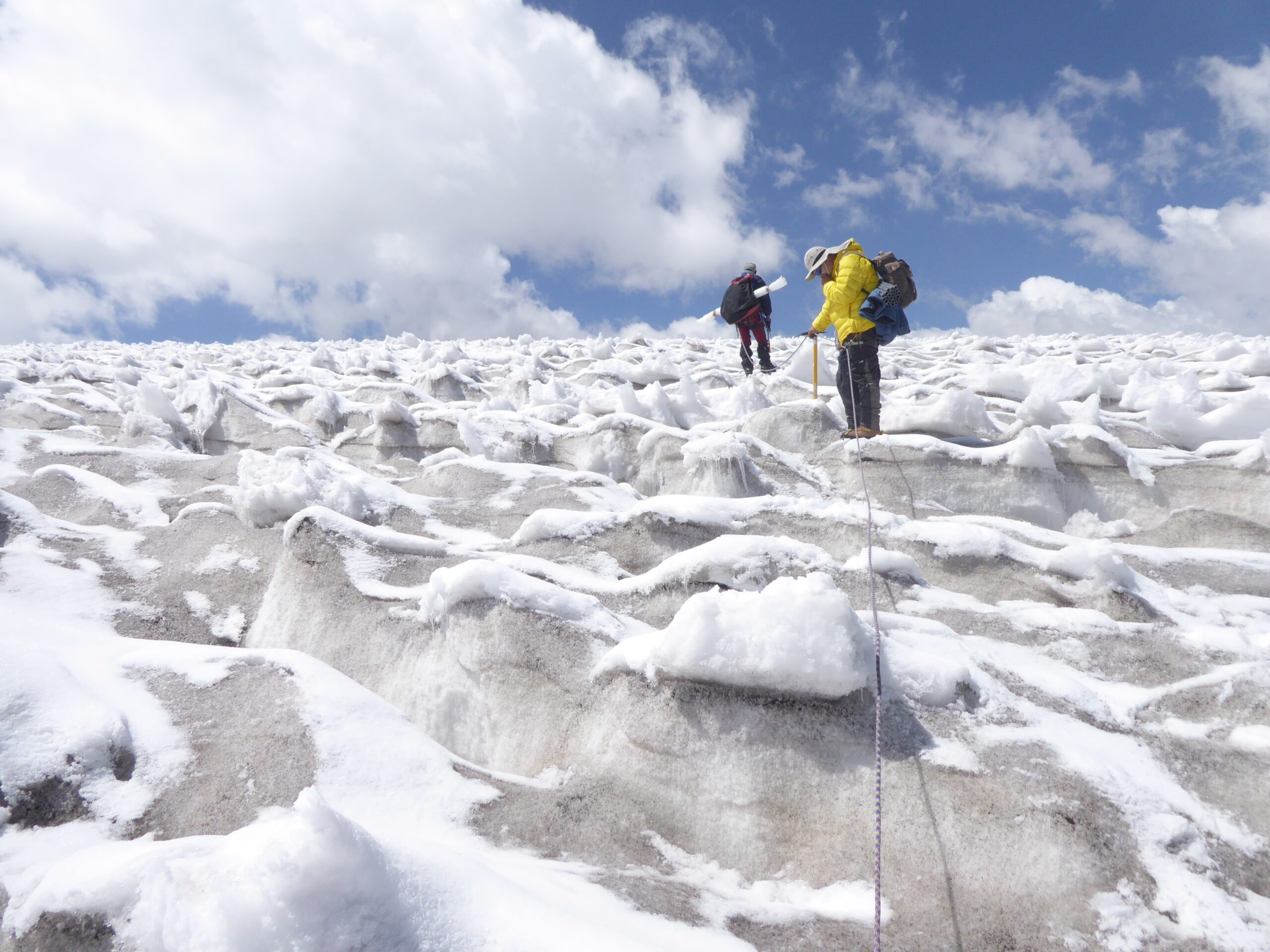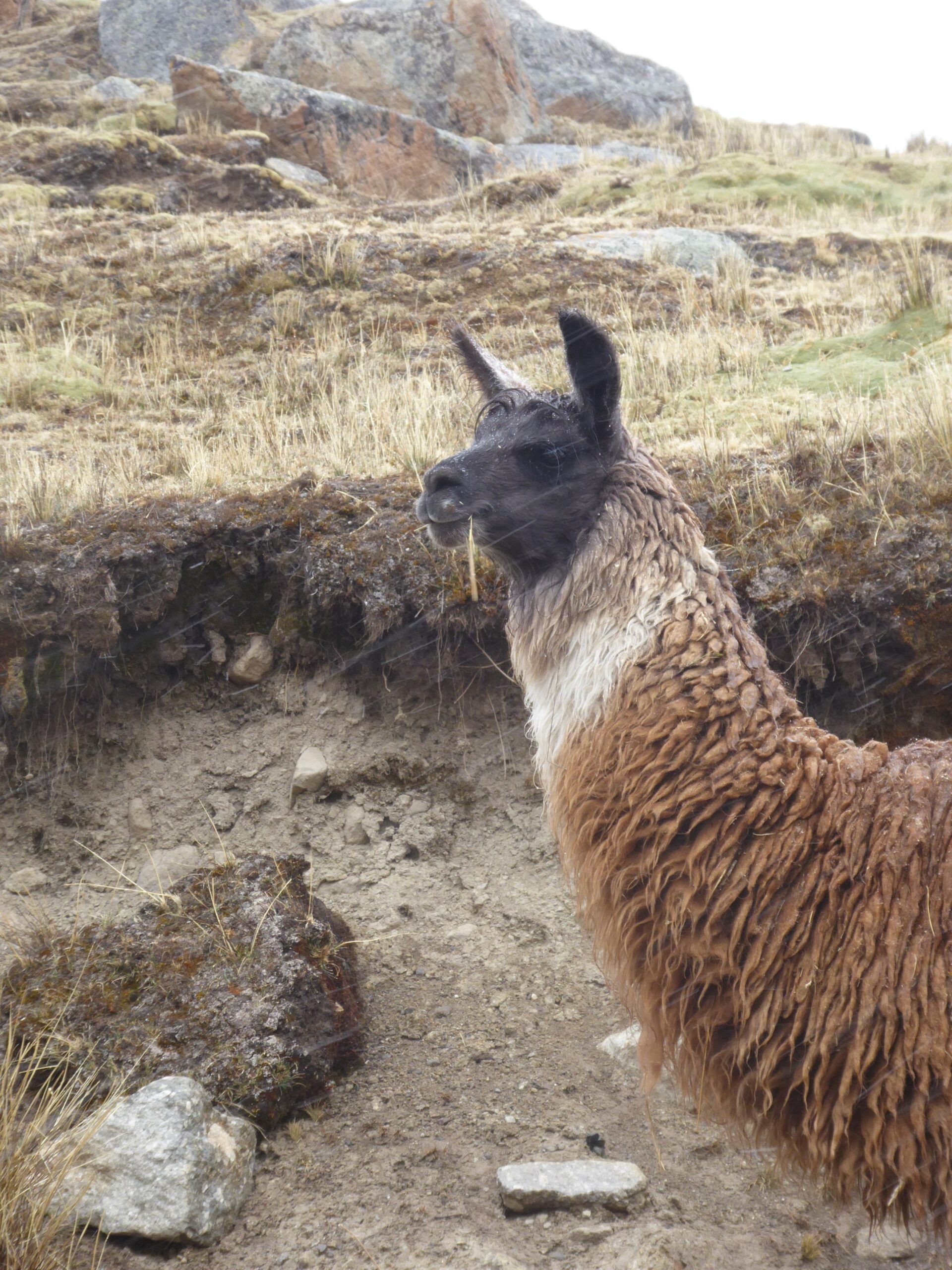
PASTURE
Glacier retreat and their impact on mountain ecosystems and agriculture in Peru.
About the project
Peruvian glaciers sustain key sectors of the country’s economy and population livelihood, as well as unique nearby ecosystems. They represent the largest tropical ice mass on Earth, controlled by a climate with minimal temperature seasonality, alternating dry and wet seasons, and episodic, ephemeral snow that is nonetheless sufficient to insulate glacier surfaces. Complex wetland ecosystems are closely connected to the glaciers, and fed by a combination of glacier melt water, rain and groundwater. Located downvalley, peatland and wet meadows called “bofedales” form patches that change spatially and seasonally, and provide key ecosystem services, as well as pasture for grazing animals. Local subsistence agriculture is increasingly threatened by the combination of climatic, glacier, and societal change.
The main goal of this project is to provide a holistic and novel understanding of past decadal changes in glaciers and snow in the Peruvian Andes, and their impact on mountain ecosystems and agriculture. We will use a novel hyper-resolution land surface model that can tackle the complexity of these integrated systems and will apply it to a highly relevant societal problem of water scarcity and security in the Andes of Peru. The model will be used to simulate catchment response to climate and water-vegetation interactions over the past two decades in the two most glacierised catchments of Peru. The main outcomes will be: i) a new understanding of drivers of changes in climate, glaciers and water in the Andes; ii) quantification of the feedback mechanisms and interactions between glacier and ecosystem change; iii) new simulations of the whole high mountain water cycle including agriculture, and scenarios providing future changes in it that can support actions by stakeholders and policy makers; and finally iv) translation of this novel scientific understanding into social learning and knowledge available to stakeholders.

What have we found?
A key collaboration between ISTA and local partners in the Peruvian Andes –
As part of the PASTURE project and ongoing collaboration with Peruvian research partners, we have been undertaking substantial fieldwork campaigns in the Rio Santa and Vilcanota catchments. The team has been working on many things, including:
- Installation of new on-glacier energy balance weather station
- Installation of new river gauging stations in the Rio Santa and Vilcanota catchments
- Bofedale monitoring sites installed which include water level and precipitation, alongside characterisation of the bofedale soil and vegetation characteristics. Drone imagery collected of bofedale areas.
- Glacier monitoring, including on the Quelccaya Ice Cap
- Supraglacial debris thickness measurements on Llaca and Shallap Glaciers near Huaraz
- Interviews with farmers in the communities of Catac (near Huaraz) and Cusco
- Schools workshop conducted with primary and secondary school children in the community of Phinaya.
…Check back later for more results! 🙂




